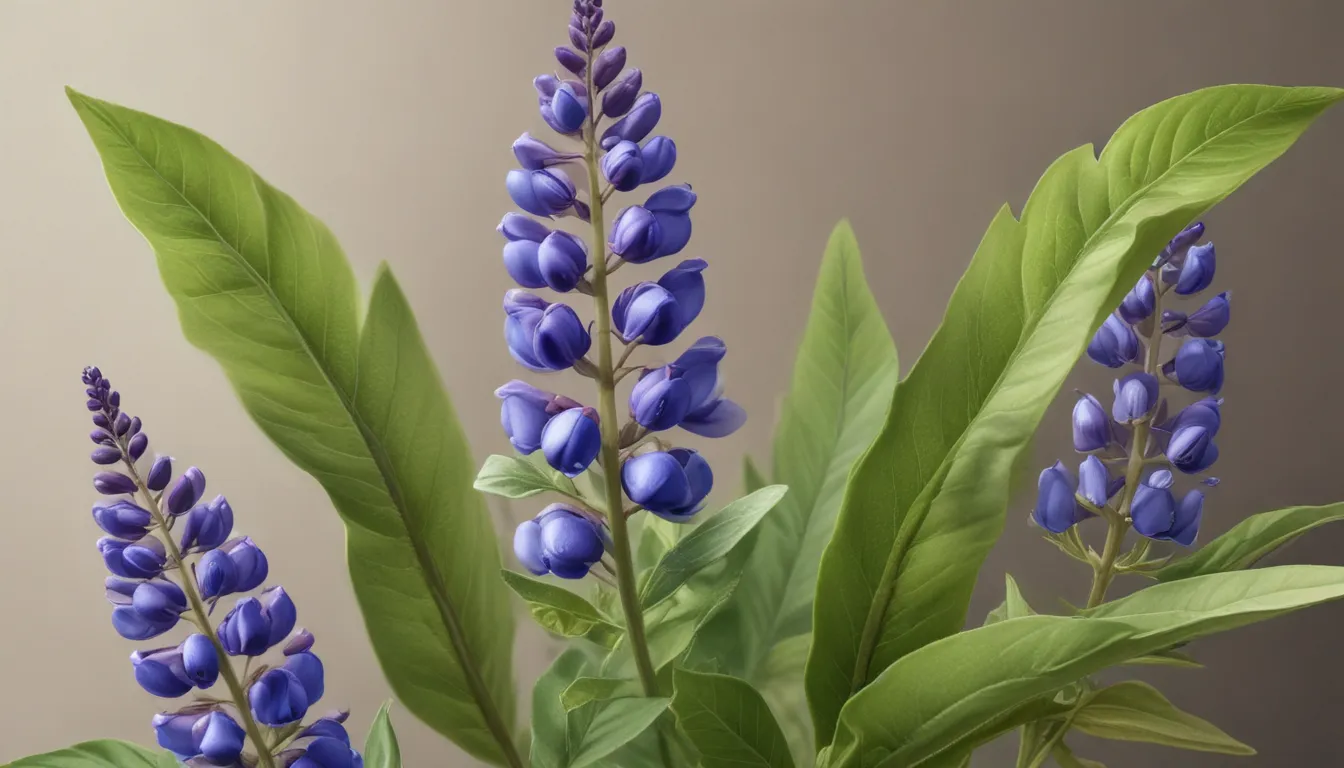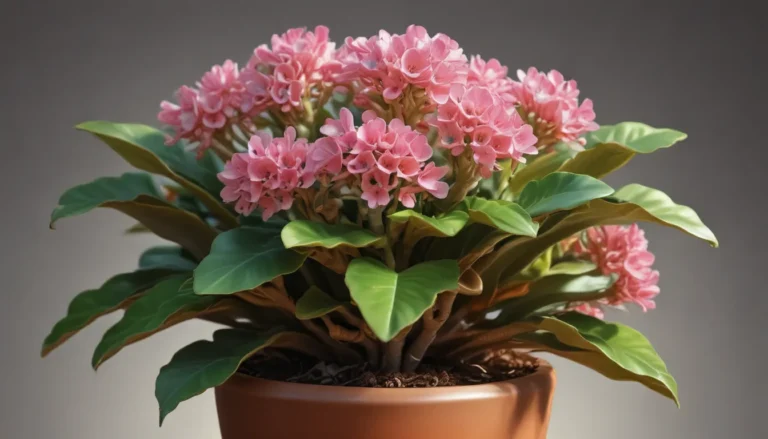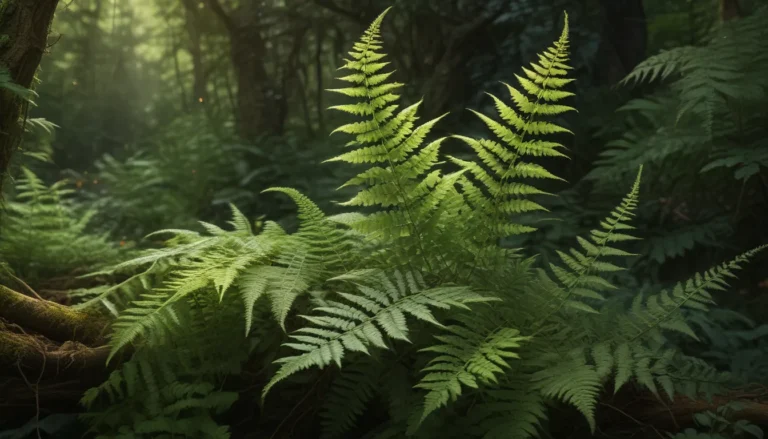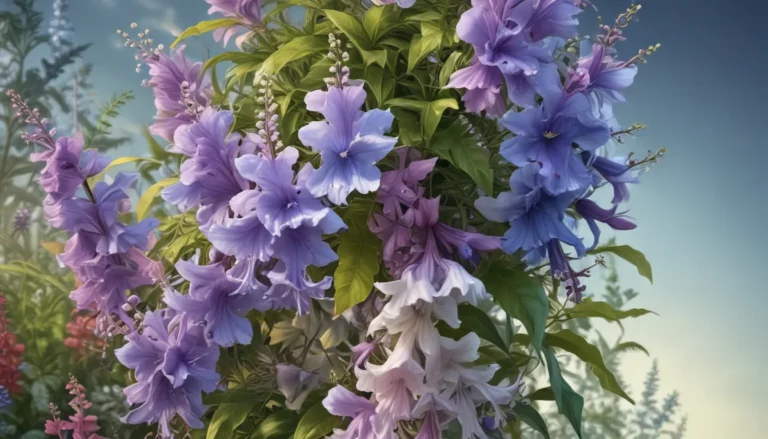The pictures we use in our articles might not show exactly what the words say. We choose these pictures to make you interested in reading more. The pictures work together with the words but don’t take their place. The words still tell you the important facts.
Are you ready to explore the captivating world of False Indigo, also known as Baptisia australis? This vibrant and drought-tolerant perennial plant native to North America has a lot to offer, from its stunning blue flowers to its nitrogen-fixing properties and medicinal uses. Join us on a journey of discovery as we unravel the mysteries and beauty of False Indigo, a plant that is sure to enchant both gardeners and nature lovers alike.
Delving into False Indigo: A Botanical Marvel
Let's start by uncovering some key takeaways about False Indigo that make it a unique and beneficial addition to any garden:
- Vibrant and Drought-Tolerant: False Indigo, scientifically known as Baptisia australis, boasts stunning blue flowers and can withstand periods of drought.
- Native Charm: Indigenous to North America, False Indigo thrives in various environments, attracting pollinators and enriching the soil with its nitrogen-fixing properties.
- Medicinal Magic: Apart from its ornamental value, False Indigo has a rich history of medicinal uses, offering relief from infections and respiratory issues.
- Longevity and Versatility: As a long-lived perennial plant, False Indigo is easy to grow, making it a versatile choice for landscaping and garden design.
Blossoming Beauty: The Vibrant Blue Flowers of False Indigo
Picture a garden adorned with the mesmerizing sight of False Indigo's vivid blue flowers swaying in the breeze. These stunning blooms are not just a visual treat; they also play a vital role in attracting a diverse range of pollinators, from bees to butterflies and hummingbirds.
Native Roots: Thriving in North American Landscapes
False Indigo's roots run deep in North American soil, where it thrives in habitats ranging from prairies to open woodlands. Its ability to withstand drought makes it a resilient and reliable choice for gardeners looking to add a touch of native charm to their outdoor spaces.
Nurturing Nature: Nitrogen-Fixing Properties of False Indigo
One of False Indigo's exceptional qualities is its ability to fix nitrogen in the soil, enriching the earth and supporting the growth of surrounding plants. This unique trait not only benefits the plant itself but also contributes to a healthier and more sustainable garden ecosystem.
Medicinal Marvel: Tapping into False Indigo’s Healing Potential
Beyond its visual appeal, False Indigo has a long-standing legacy of medicinal uses. Native American tribes harnessed the plant's healing properties to address various health issues, showcasing its importance beyond its ornamental value.
Deer-Resistant Delight: A Gardeners’ Dream Plant
If deer browsing is a concern in your garden, False Indigo is here to save the day. Known for its resistance to deer damage, this plant is a valuable asset for gardeners seeking to cultivate a thriving and undisturbed garden oasis.
Cultivating Care: Tips for Growing False Indigo
Whether you're a seasoned gardener or a novice green thumb, False Indigo is a forgiving plant that is easy to grow and maintain. Here are some tips to help you nurture your False Indigo plant:
- Soil and Sunlight: False Indigo thrives in full sun but can tolerate partial shade.
- Watering Needs: While drought-tolerant once established, regular watering during the first growing season is essential.
- Container Gardening: Yes, False Indigo can be grown in containers, provided the container offers ample space for its root system.
- Propagation: Divide False Indigo every 3 to 4 years to maintain its vigor and encourage healthy growth.
Versatile Beauty: Landscape Applications of False Indigo
From border plantings to mass plantings or as a focal point in a garden, False Indigo offers a plethora of options for enhancing the aesthetics of your landscape. Its rich cultural symbolism adds layers of meaning and depth to any outdoor space it graces.
Seeds of Inspiration: Exploring False Indigo’s Seed Pods
After the blooming season, False Indigo produces intriguing seed pods that add visual interest to the plant. These pods can also be utilized in dried flower arrangements, showcasing the plant's versatility beyond its blooming period.
Harmonious Habitat: Creating a Haven for Beneficial Insects
In addition to attracting pollinators, False Indigo serves as a playground for beneficial insects like ladybugs and lacewings. By fostering a diverse ecosystem in your garden, you contribute to the natural balance and health of your outdoor space.
A Colorful Legacy: False Indigo as a Plant Dye
Historically, False Indigo has been cherished for its use as a natural dye, with its roots yielding a vibrant blue hue ideal for dyeing fabrics and fibers. This connection to traditional dyeing practices adds a touch of heritage and creativity to the plant's story.
Embarking on a Botanical Adventure: Conclusion
As we conclude our exploration of False Indigo, we invite you to consider the myriad benefits this plant offers to both gardeners and the environment. From its striking blue flowers to its role in soil improvement and natural pest control, False Indigo stands as a testament to the wonders of nature's ingenuity. Whether you're a gardening enthusiast seeking to expand your plant palette or simply curious about the hidden gems of the botanical world, False Indigo beckons you to embark on a journey of discovery and appreciation.
FAQ: Unveiling the Mysteries of False Indigo
As you venture into the intriguing world of False Indigo, you may have some burning questions. Here are a few FAQs to guide you on your exploration:
- Height: False Indigo generally grows between 2 to 4 feet tall, depending on the variety.
- Sunlight: Thriving in full sun, False Indigo can tolerate partial shade.
- Container Gardening: Yes, False Indigo can be grown in containers with adequate root space.
- Watering Needs: Regular watering is essential during the plant's first growing season.
- Deer Resistance: While considered deer-resistant, False Indigo may still be nibbled on by hungry deer.
- Division: False Indigo can be divided every 3 to 4 years to maintain its health and spread.
- Pests and Diseases: Generally resistant, False Indigo may face aphid infestations or fungal diseases in humid conditions.
- Planting Time: Spring or fall is ideal for planting False Indigo in cool, moist soil.
Embrace the Enchantment: Discovering the Beauty of False Indigo
The allure of False Indigo lies not only in its striking aesthetics but also in its diverse array of benefits for gardeners and nature enthusiasts alike. By embracing the enigmatic qualities of this remarkable plant, you open the door to a world of natural wonders and botanical marvels. Whether you're drawn to its vibrant blooms, healing properties, or cultural significance, False Indigo offers a tapestry of experiences waiting to be explored and cherished. So, why not plant a seed of curiosity and let the magic of False Indigo bloom in your heart and garden?






